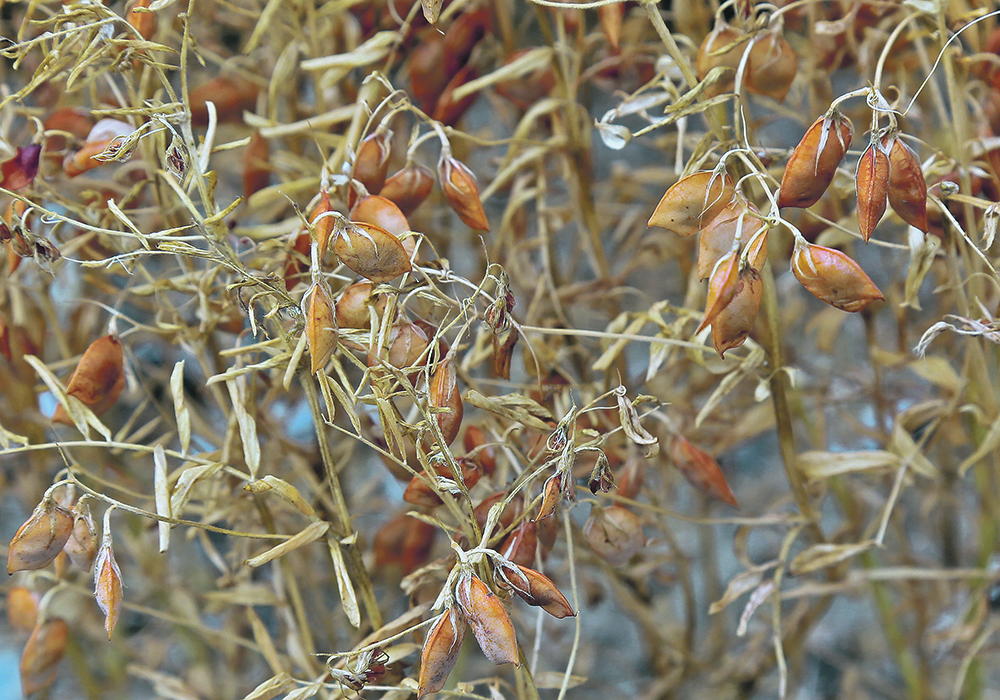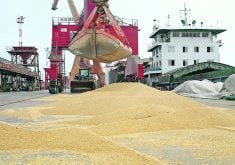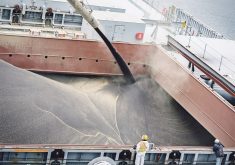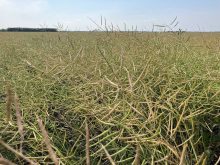Southeast Asia is an important growth market and could become a processing hub for Canadian food ingredients
WINNIPEG — Canada may need a partner in southeast Asia to tap into booming demand for food, ingredients and protein in that region.
Singapore is one option, says the head of Protein Industries Canada.
A delegation from Singapore visited Canada this summer and met with Protein Industries Canada, a group trying to make this country a global leader in plant protein.
Read Also

Flax sector sees omega-3 opportunity
SASKATOON — A global shortage of omega-3 oils could be an opportunity for the flax sector, says an industry official….
“There is a lot of potential for collaboration (between Canada and Singapore),” said Frank Hart, interim chief executive of Protein Industries Canada. “They’ve got a population … that is growing in that region that is increasingly looking for food security.”
This month, Hart and others will visit Singapore to build upon the relationship and see if food ingredients from Canada could be further processed in Singapore.
The basic concept is that plant proteins, pulse flours and starches would be produced in Western Canada. Then, agri-food companies in Singapore would use the Canadian ingredients to make noodles, snacks and other consumer packaged goods.
“That’s the sort of stuff we’re talking to them about,” said Hart, who was in Winnipeg Nov. 7 for the Agriculture Enlightened conference.
Hart was part of a panel discussion hosted by EMILI, a non-profit in Manitoba that supports digital agriculture and helps develop Canadian agricultural technologies.
Canada’s agri-food sector and the federal government are paying more attention to southeast Asia because population and wealth is growing rapidly in Indonesia, Vietnam and Bangladesh.
Earlier this year, the feds opened an agri-food trade office in Manila.
“This new office is a sign of our long-term commitment in the Indo-Pacific, along with the importance we place on building upon Canada’s reputation as a stable and trusted supplier for agriculture, agri-food and seafood products,” the feds said in February.
Singapore could be an ideal launching pad for more Canadian exports of value-added products because the island country has ambitious plans for its food industry.
It’s hoping to become a “globally leading hub for the agri-food sector,” says the Economic Development Board of Singapore, which predicts that regional food spending in Asia could reach US$8 trillion by 2030.
One of Singapore’s main objectives is to produce and process alternative proteins. That aligns nicely with the goals of Protein Industries Canada.
“They are very innovation focused …. We have some ability to provide solutions because we’ve been playing around with pulse flours and that sort of thing,” said Hart, who formerly worked as CEO and president of Crown Investments Corporation of Saskatchewan, as vice-president of KPMG Consulting, and as deputy minister of Saskatchewan Economic Development and Trade.
Protein Industries Canada has invested hundreds of millions into research and innovation projects, including partnerships with industry, to accomplish its target of adding $25 billion to the country’s economy.
The concept is to process more food, ingredients and bio-products domestically to take full advantage of pulses, oilseeds and grains from Canadian farms.
Research and innovation are critical pieces of the puzzle, but Protein Industries Canada is also focused on commercialization and market development.
Canada has an advantage in the Asian market because of the CPTPP, a free trade agreement between 11 Pacific nations.
If Canada can move quickly and build business relationships with Singapore, a CPTPP member, the $25 billion target could be feasible.
“We have this massive and diverse crop base to build on,” Hart said. “Canada, I’d say, has lost influence in the world in the last 20 years. But our ability to provide people with good food will dial us up.”
















